Silver twiLight shades the aspen trunks, recording down by the creek, some big branches break nearby. Time to retreat.
Last night on the Divide (Medano Pass), after a short visit with Steve up at his off-grid homestead in the Wet Valley there. Did a nice portrait of him, and proceeded to erase it by accident this morning. Said goodbye to Holly in the morning at the Cottonwood Hot Springs after a pleasant evening and morning of hanging out and soaking.
The mind lets down, as the eyes, skin, body interfaces with the un-filtered ‘out there’. Especially the eyes, pulling in the energies of those ‘things’ that constellate the surrounds. Proximal flows. All sourced from the brilliance of sun. Heart carrumps the chest-wall as legs push away from earth, seeking to maintain aerial presence until earth absorbs the whole of Self — worms, bones, and roots.
Words propel nothing. They push silence away, as do radio waves, or as voices breaking into a void: “I’d like to kiss you.”
What does this mean? It is language. But maps are not the territory.
Walking across the earth. Looking at that surface, looking at the dividing line between earth and Heaven, looking at sky. I name a few things: aspen, prickly pear, conglomerate, ponderosa, sand, juniper, lenticular, but these are weak signifiers. They carry nothing of the thing itself. Science is weak for naming the world. Detailed, but weak when stood next to the raven crawing echoes against the canyon wall, far away, miles with the wind in dead aspen branches sighing higher than the same wind in the bristlecone needles. The frequency spectrum of turbulence. It is turbulence, motion incarnate of all the world, that speaks primal tongues — let the ear hear, if listening.

So, there is this presence here, now. And there is the social system. Venn diagram: what overlays?
Silence sitting here in the cab of the truck. Near the mouth of Medano Canyon, no one else camping here, the last humans drove by a couple hours ago as I sat on a pinnacle maybe 500 feet above the canyon, watching the sun set over the dune field. Taking exceptional care moving around — between having a old and worn pair of boots on, ready to be retired, and being older by some months since last out in extreme places. Bears are out here, too, a dry fall makes them late to hibernate.
Listening to Indigenous Nation radio. Listening in the Light of the dimmed screen. In the darkness of 18:15 winter day at the end of November in the high country. Could be colder, could be snow; ’twas damn cold yesterday afternoon at Steve’s place when the sun went down behind the Crestones. Damn cold.
I was here with Loki four years ago on a five-day road trip from Boulder. And only saw him for a few days otherwise since then. Sometimes I have failed as partner, father, son, brother, friend, employee, teacher, artist, collaborator, cook, geophysicist, photographer, et dividerent aliter bene multis.
Occasionally I have succeeded in one or another of those ways-of-going.
I have an eleven-year-old digital camera. Advancing technology leaves my art production behind, constantly. If I can call it art. Artifice. Art. Artificial. Art. Reduction. Art. Ramification. Art. Expression of retroactive sadness that does not allow me to rise above the temporal. It’s 18:30. what’s the point of this stupid writing. As I sit, alone again, in the back-country. Never can manage to do things with others. Although the solitary movement seems best for allowing the chitta vritti to be stilled. Reflecting the complexity of what is out there, inverted, on the inside back of the skull. The mental wet-ware camera obscura scrapes clean the noise of the social. Just by looking at rocks, lichen, bark, plant, sky, and the edges of all these. Proximal flows. The edge demarcates nothingness.




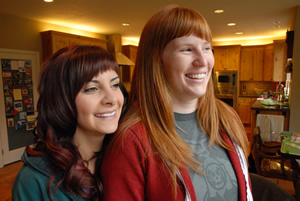




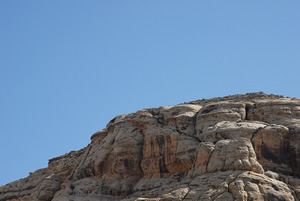

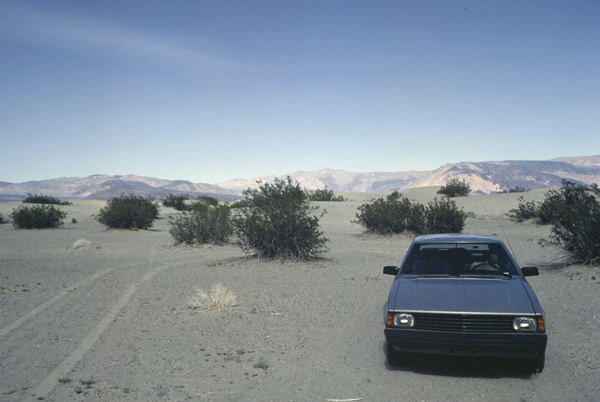
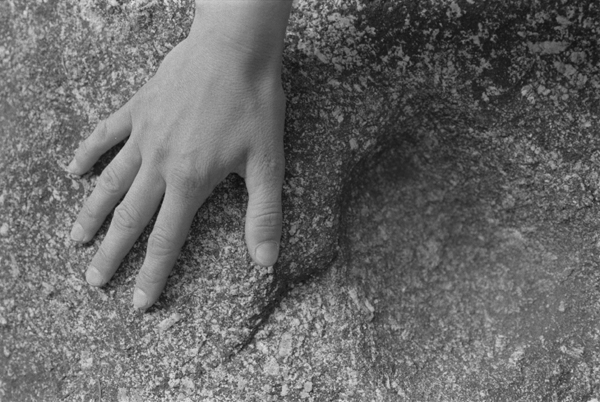
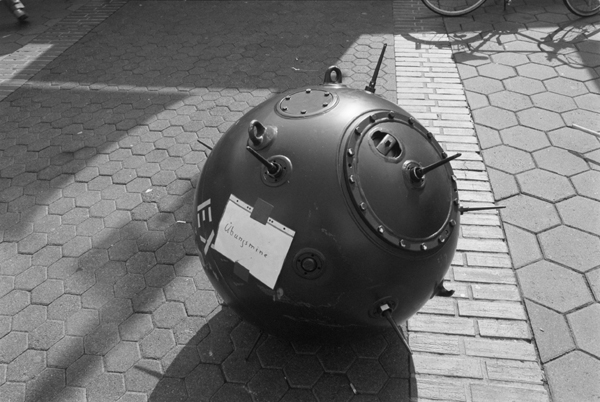

 The latch handles on both the driver- and passenger-side door are broken. There is a certain geometry on the plastic lever-arm which, over time of repeated lifting motions, fails. So I have to replace them. The truck is relatively old, compared to the average age of vehicles on the road. I call the Toyota dealer nearby, and they want almost USD100 for each replacement handle. This is called an OEM part — Original Equipment Manufactured — a part which carries some of the branded weight of the maker and its record of quality along with a premium price (including a substantial markup to underwrite the existence of the dealer distribution system). Too much! I knew this would be the case before I called, but I wanted to set a ceiling price before looking elsewhere, online. This particular vehicle model was globally a widely-distributed frame, body, and engine combination and so there turns out to be a substantial non-OEM parts market. The only question is one of quality. Non-OEM parts online appear to be both Mainland Chinese- and Taiwanese-made with what seems to be a substantial US distribution presence in the form of highly discounted warehouses designed for online mail-order sales (with Ebay, Amazon, and their own web sales presence). I find the parts, in several styles (chromed plastic and black) for a small fraction of the OEM cost, USD 20 with free shipping.
The latch handles on both the driver- and passenger-side door are broken. There is a certain geometry on the plastic lever-arm which, over time of repeated lifting motions, fails. So I have to replace them. The truck is relatively old, compared to the average age of vehicles on the road. I call the Toyota dealer nearby, and they want almost USD100 for each replacement handle. This is called an OEM part — Original Equipment Manufactured — a part which carries some of the branded weight of the maker and its record of quality along with a premium price (including a substantial markup to underwrite the existence of the dealer distribution system). Too much! I knew this would be the case before I called, but I wanted to set a ceiling price before looking elsewhere, online. This particular vehicle model was globally a widely-distributed frame, body, and engine combination and so there turns out to be a substantial non-OEM parts market. The only question is one of quality. Non-OEM parts online appear to be both Mainland Chinese- and Taiwanese-made with what seems to be a substantial US distribution presence in the form of highly discounted warehouses designed for online mail-order sales (with Ebay, Amazon, and their own web sales presence). I find the parts, in several styles (chromed plastic and black) for a small fraction of the OEM cost, USD 20 with free shipping.